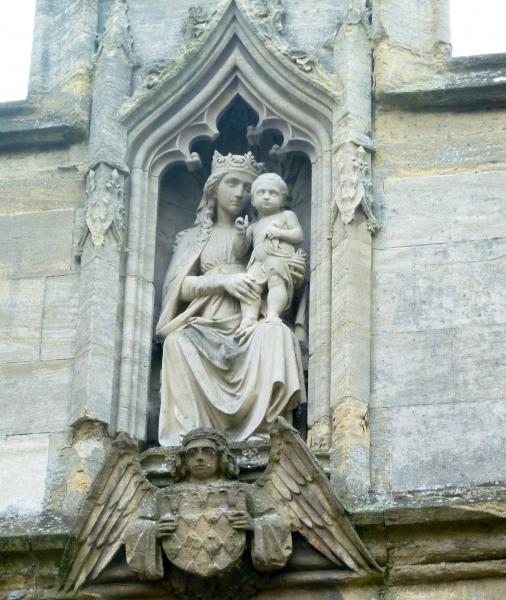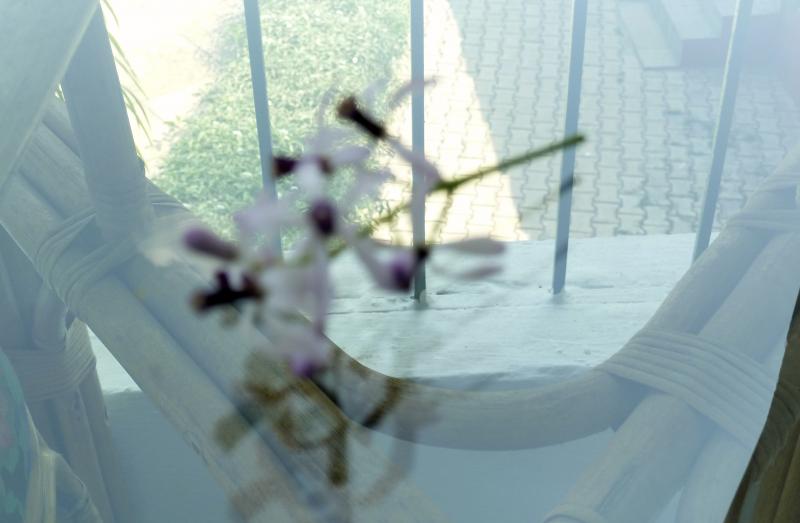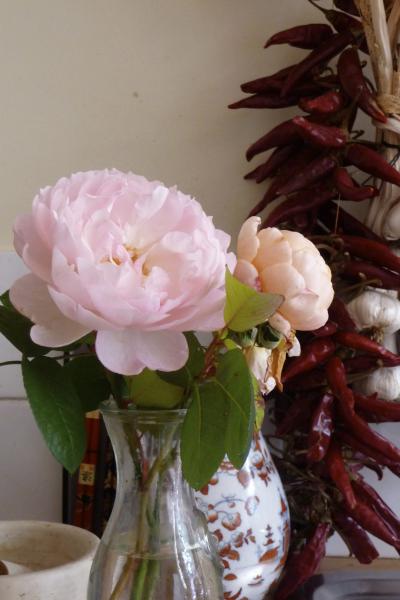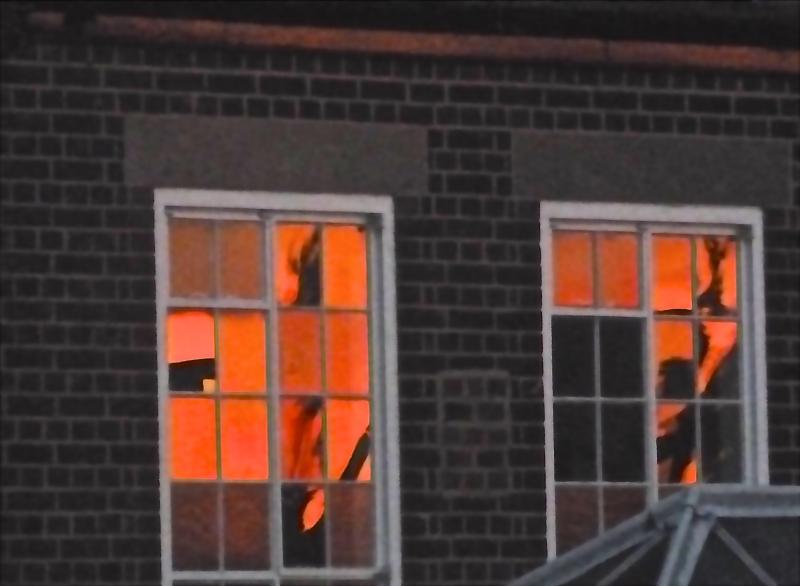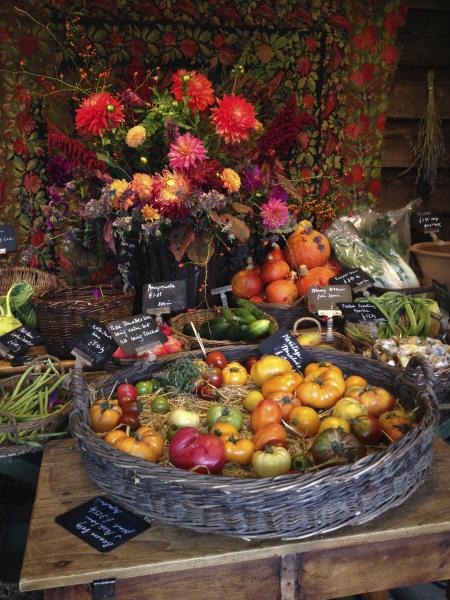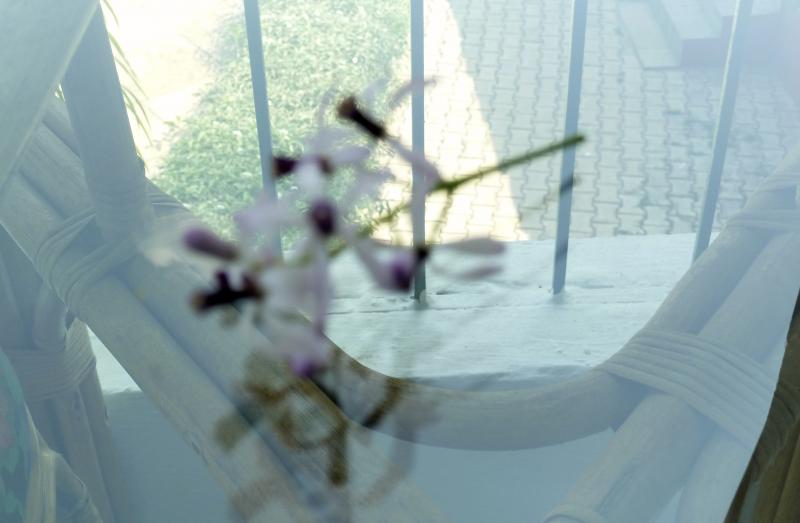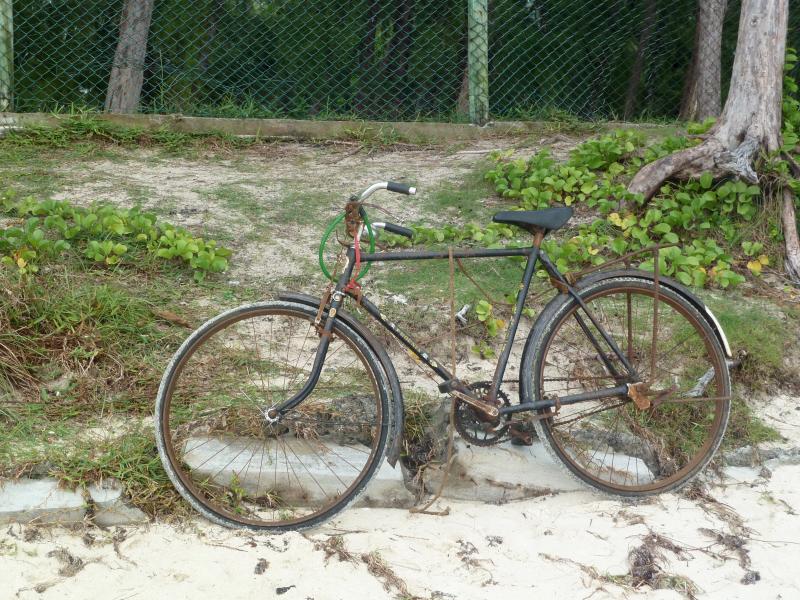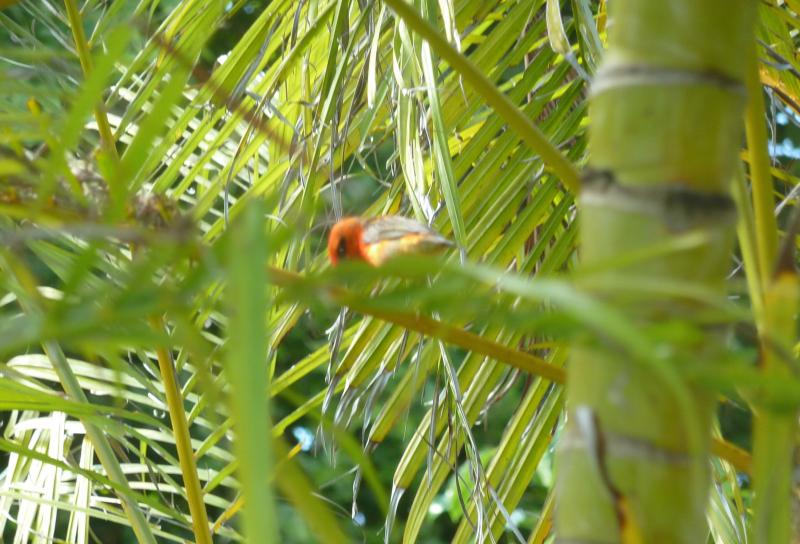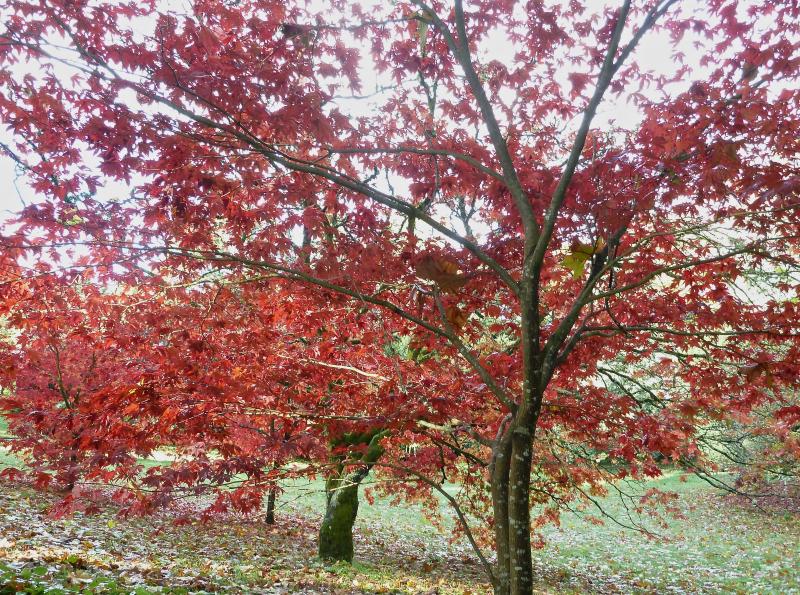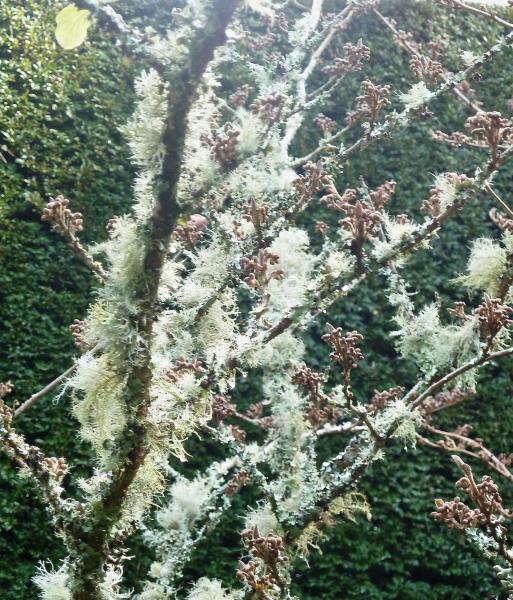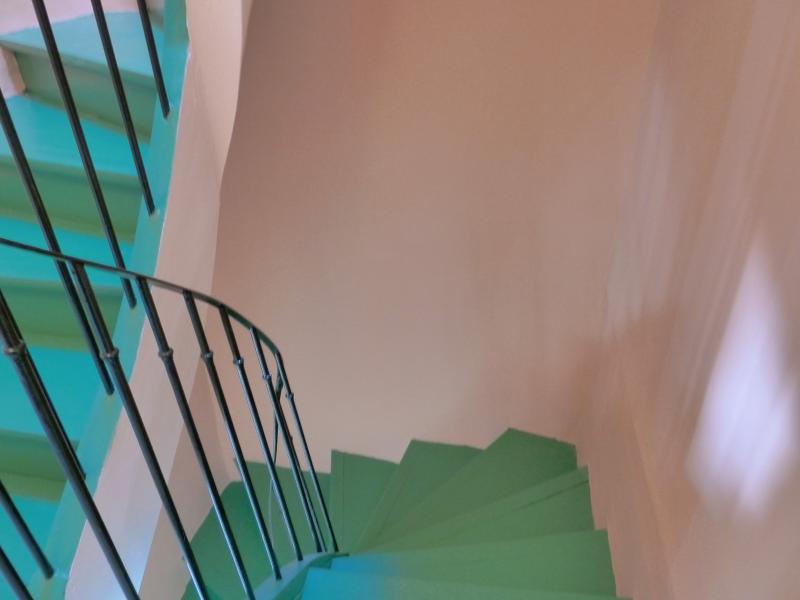
Candyfloss and barley sugar . The 13th century University Church of St Mary the Virgin. Oxonians look out for the startling pink early blosson of the ancient almond tree, that signifies purity and is a symbol of the Virgin Mary

The eight week vacation begins and the University swimming pool is looking de-cluttered once more. The feng-shui is welcome also in the changing rooms, which in term time ring to the undergrad ladettes trying to outvy one another with tales of sexual and alcohol related frolics; but the youthful energy injects a buzz in the slackening pace of us oldies, and mustn’t be knocked. Mummies and daddies have been busy loading cars with their off-springs’ trunks and bikes to cart back home.

Somerville College undergrad with trolley rushing to empty her college room at the start of the vac. Mrs Indira Gandhi attended Somerville College for a term or two, but found it hard to cope. Her daughter-in-law Mrs Sonia Gandhi, (aka the Italian) attended the Bell School of Language at Cambridge, where she learned to speak English. Neither had distinguished academic careers.
Their air of preoccupied bustle indicates just the tiniest hint of self-importance- after all their children are questionably the most brilliant in the land and will graduate to steer the helms of governance and industry.

But for how long? Graduates from “unis” of lesser standing are believed to be stacking shelves at Sainsbury and making lattes for the lucky ones with spare coins in their pockets.
Oldies left behind during the vacation have been consoling themselves by admiring the pensioners in “Best Exotic Marigold Hotel”, the film that was calculatedly aimed at the grey pound. Set in “oh-so-colourful” Jaipur the story works on the strength of impeccable polished performances from Judi Dench, Bill Nighy and Maggie Smith, who in any case have near-canonic standing with home audiences.
An assorted group of Brits takes off to spend their last years in a decrepit hotel with mildewed walls, broken furniture, bad plumbing and Dev Patel as the hotel’s excitable manager, Sonny. It has as many infelicitous anomalies as David Lean’s “A Passage to India” (remember Alec Guiness as the Brahminical Professor Godbole?). Similarly Dev Patel’s Sonny is in the same Peter Sellars mould as the bathetic Aziz. I overheard one or two comments such as, ” What patronizing fluff!” and “Oh God, that was cringe-making!” But, as they say, the proof of the pudding was that the audience lustily applauded as credits followed the fairy-tale ending.
Rajasthan will soon be overwhelmed by elderly Brits thirsting to be slain senseless by colour and adventure.
Wholly worth following another aspect of the India trail is the current big exhibition at the Ashmolean Museum, Visions of Mughal India– the utterly wonderful collection of the painter, Howard Hodgkin. Not only are these the most exquisite and beguiling examples of the genre, but they are excellently curated by Andrew Topsfield of the Ashmolean. Andrew and Helen were on the same Jet Airways flight as myself from Delhi and returning from Udaipur, where the Maharajah had presented Andrew with something called the Colonel Tod Award (Tod was the author of Annals of Rajasthan).
Howard Hodgkin, considered by many to be one of the greatest contemporary British artists, started collecting (“it’s just another form of shopping”) while he was a schoolboy. In his preface to the Catalogue he categorically denies that Indian painting has had a strong influence on his work.”…I dislike this comparison becaue it is made so glibly.”
The frames are carefully chosen in light grainy wood. “I don’t like putting pictures in mounts of cream coloured board with a thin little linear frame round the edge, as museums tend to do…They don’t look like pictures to me, they look like specimens.” He is especially fond of elephants and there are many superb paintings of the noble animal.
Howard Hodgkin’s response to Indian life- on his first visit in 1964- would be endorsed by the Marigold Hotel characters.
Commenting on the daily life of India: “It’s the sort of nakedness of their usually very inhibited emotions. I mean, everything is very visible, somehow, there. Life isn’t covered up with masses of objects, masses of possessions, so that the difference being indoors or out of doors and all the functions of life are much more visible, straightforward, than they are here.”
Defintely, a most subaltern view of Indian life. As a friend drily remarked, “this endless fascination with India will re-cyle itself to infinity.”







